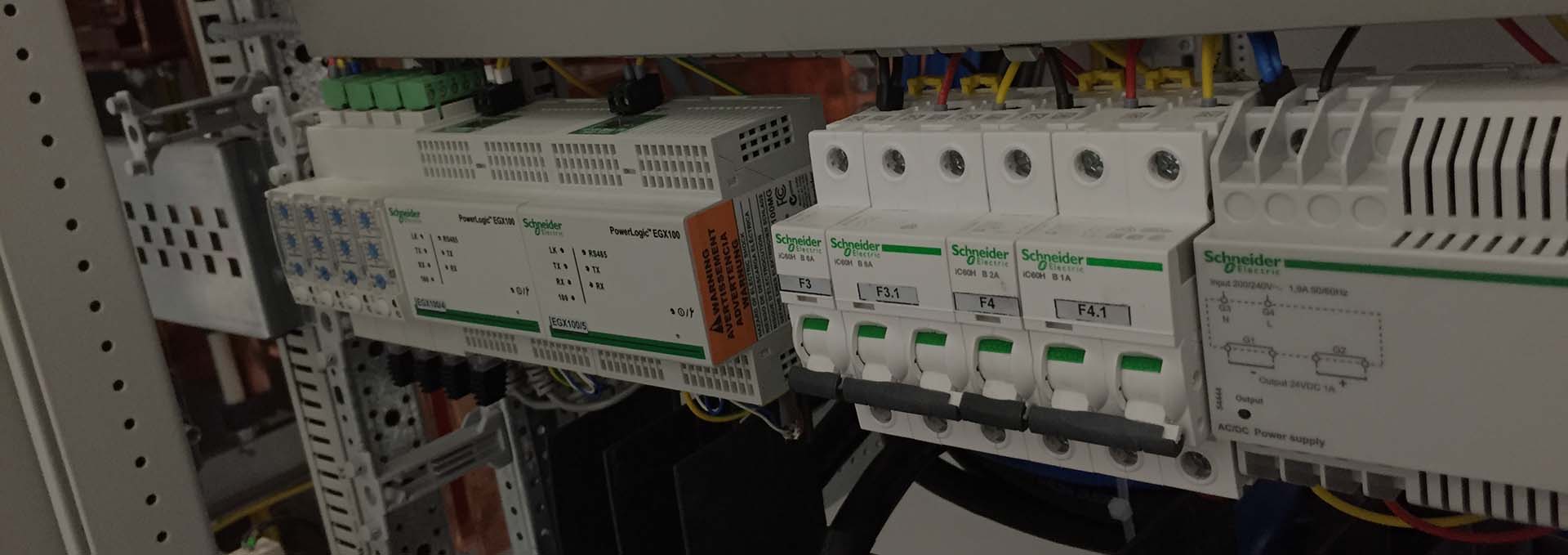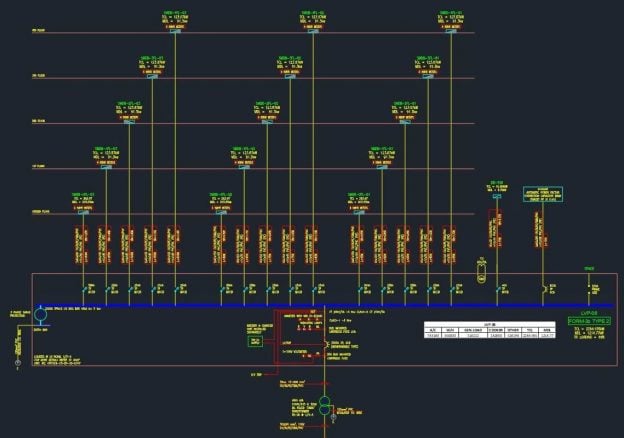Coursebook Description
The best use of the coursebook “Electrical Power & Light Design” is in conjunction with the course “Low Voltage Distribution Design Course: AutoCAD, DIALux, Excel, Calculations“. The coursebook’s chapters follow the lessons from the mentioned course.
The chapters and sections of this coursebook are comprehensively elaborated to allow the student to grasp the main ideas quickly and guide them to the proper way to design power & lighting systems for an entire project. The sections of the chapters contain examples, tables, photos, diagrams, and figures to keep the student on track and easily understand each topic. Captured figures from AutoCAD, DIALux & Excel are also included in each section to keep the reader aware of each step performed even without opening any of these programs while studying.
NOTE: Please note that the course “Low Voltage Distribution Design Course: AutoCAD, DIALux, Excel, Calculations” is not included in this coursebook. You can purchase the course separately or purchase the bundle with both.
Each book’s topic is enhanced with an explanatory lecture video to further enhance the provided content with video-based lectures.
Every chapter ends with a quiz that will ensure that you have understood what you have learned. Answers to each quiz can be verified using the answer sheet provided at the end of the book.
Chapters of this coursebook start by introducing the course’s main objective and what to expect in every chapter – followed by the AutoCAD introduction chapter emphasizing its related tools and options that must be known by an electrical designer to design and draft power and lighting systems drawings.
Once you get introduced to AutoCAD, the student will know how to calculate the level of lighting illumination (lux level) and distribute the light fixtures evenly to deliver a comfortable lighting design environment to the users using the well-known lighting software “DIALux” in the following chapter.
Moreover, in Chapters 4 and 5 of this book, you will learn how to distribute and locate power sockets, light switches, isolators, and other power provisions for mechanical appliances like air conditioners and motors.
In Chapter 6, all designed sockets and switches will be used in distribution board (DB) schedules to calculate the planned project’s total connected and demand loads using Excel. Load results are later explained in single-line diagrams.
Chapter 7 emphasize power calculations like sizes of cables, circuit breakers, capacitor banks, transformers, generators, voltage drops, and short circuits in straightforward steps that can be applied manually or by using predefined excel spreadsheets. Each chapter’s topic is enhanced with examples and exercises to ensure that you learn how to solve different scenario cases.
Chapter 8 explains earthing and lightning systems with the help of tables and calculation excel spreadsheets predefined according to the international standards and regulations.
In a nutshell, this guide will prepare the learner to become an electrical designer who can adequately use DIALux and AutoCAD and perform various power design calculations to design a complete power and lighting project.
Download Coursebook (PDF)
Comprehensive Guide to Distribution of Power and Lighting Using AutoCAD, DIALux & MS Excel (8 chapters, quiz, 211 pages):
About Instructor



